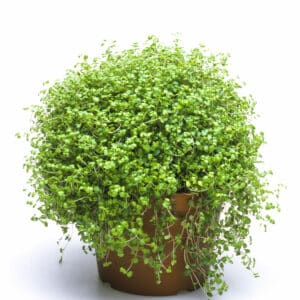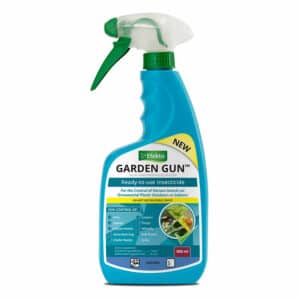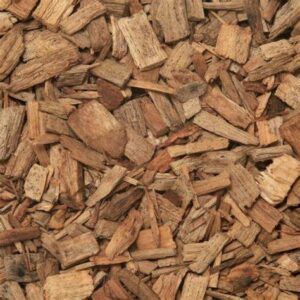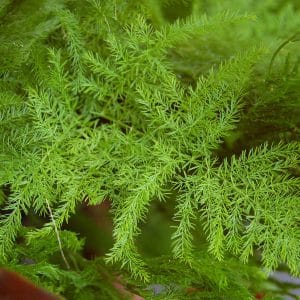Pruning your Fruit Trees
Trees, hedges and borders
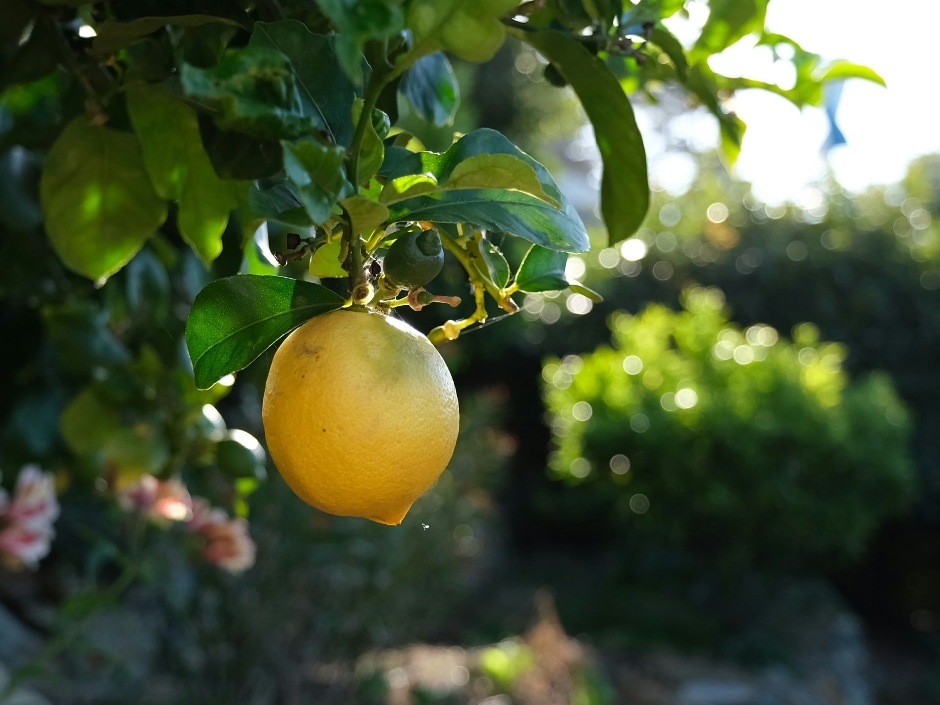
Pruning your Fruit Trees
Pruning is the art of shaping a tree. It encourages healthy new growth, removes dead and diseased wood, controls the height of the tree and most importantly, promotes blossom, thereby increasing fruit quantity and quality. The aim of pruning is to obtain fruit trees with cup shaped frames and strong branches. This shape will allow bright light and increased airflow to reach all parts of the tree, and strong branches will be wind resistant and able to carry a heavy crop of fruit. Before pruning make sure that your secateurs are sharp. Sterilize the blades by dipping them into boiling water. This will prevent damage and disease.
Types of fruit trees
The method of pruning fruit trees in their first couple of years is basically the same for all deciduous fruit trees – quince, peach, plum, apple, pear, cherry or almond. The first three years are vital years for establishing the subsequent growth patterns and shape of the tree, and correct pruning is essential. As soon as fruit trees reach the age of three, they divide into different groups, each requiring a slightly different species each produce fruit in different ways. For example, apricots produce fruit on spurs, and peaches on wood that is at least one season old.
Parts of a fruit tree
Various parts of the tree, especially branches and shoots are referred to by specific pruning terms.
Buds :
When pruning, it is important to distinguish between the ordinary growth buds and fruit buds. Fruit buds produce blossoms and eventually fruit and these are distinguished by their plumpness. Wood or leaf buds are generally small, producing only shoots or leaves, and these are often located alongside fruit buds.
Canes :
These are the long shoots, characteristic of grapes and trailing berries such as loganberries.
Laterals :
Side shoots of varying length and age are called laterals. Strong, well-placed laterals may be used for forming limbs. A yearling lateral of moderate vigour is about 30cm long and may have fruit or wood buds. Two-year-old and three-year-old laterals are sometimes used for bearing fruit.
Leaders :
A limb usually produces a strong lateral at its tip, which can then be used to extend the limb. This is called the leader.
Sprigs :
A sprig is a very short lateral. The terminal bud is often fruit producing. Left unpruned in the first year, sprigs and laterals may produce spurs in the second year.
Spurs :
These vary from small to multiple clusters of compact growth, consisting of both wood and fruit buds.
Suckers :
These are growths arising form below the bud or graft union.
Water shoots :
These are shoots or laterals of excessive vigour. With vines, the water shoot is a vigorous upright lateral, which sometimes grows from the base of a limb or the side of a trunk
You might also like
Shop online
-
PEACE IN THE HOME 9CM & 15CM
- R49.99 – R79.99
- Select options This product has multiple variants. The options may be chosen on the product page Learn More

